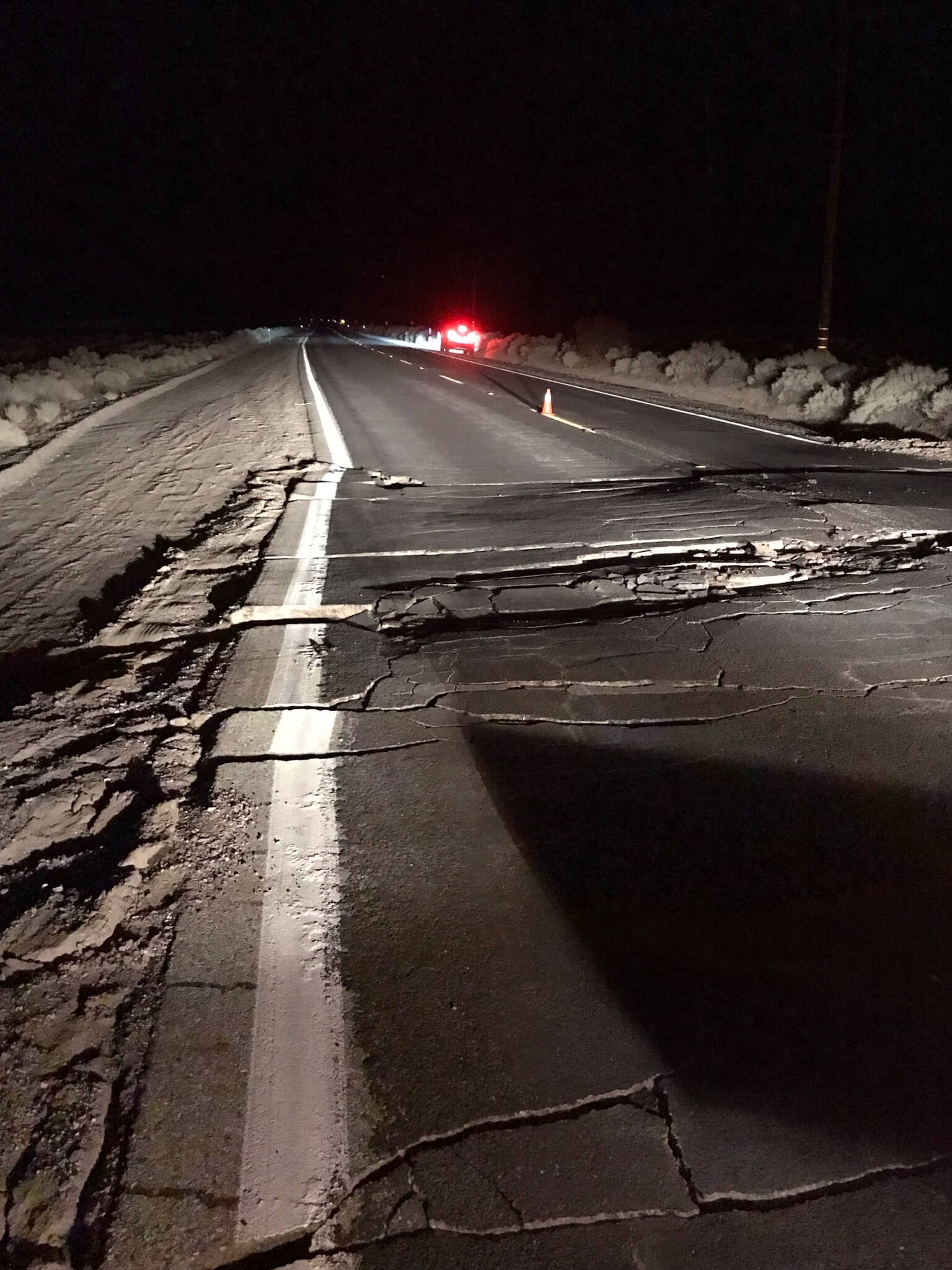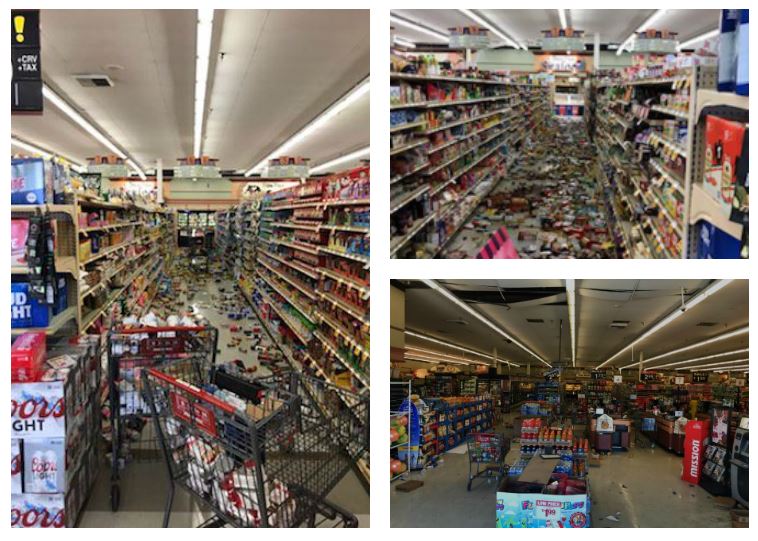07 Sep 2022
How much the ground moves during an earthquake depends strongly on near-surface structure. And the shakings can be highly variable. Though the scientists have to admit, that the physics behind this variability is not entirely clear, partly because high-resolution instrumental observations are rare.
And here comes the fiber optic technology, particularly Distributed Acoustic Sensing which has a great potential for high-resolution seismic hazard mapping in urban areas.

On 4th July 2019 an M6.4 earthquake occurred near China Lake and Ridgecrest, California, followed by an M7.1 mainshock 34 hours later. Five days after the mainshock scientists used DAS enabled fiber optic cables (they basically repurposed an existing underground dark 10-kilometer fiber optic cables into seismic arrays) and performed high-resolution subsurface imaging which usually had been challenging. The Ridgecrest DAS array detected six times more aftershocks than the standard earthquake sensors within 3 months and allowed the team to build a model with sub-kilometer resolution 2 orders of magnitude higher than conventional models.
The model showed that along the length of the fiber, the areas where aftershocks caused more ground motion generally corresponded to those where shear velocity was lower.
As scientists say, seismic hazard and site amplification studies usually focus on ground motions (displacement, velocity, acceleration, etc.), while DAS measures the along-fiber strain field averaged over a finite gauge length.

The results of this research demonstrated that DAS-based noise tomography can capture subsurface structural heterogeneities. Such fine-scale seismic hazard mapping can improve urban seismic risk management, being both effective and inexpensive tool especially in urban areas where fiber optic networks are present already.
The use of DAS for seismic monitoring has very optimistic forecasts to play a fundamental role in the next generation seismic networks. The current tendency at local universities is to acquire DAS systems and use them with growing telecommunication network.

Wires&Bytes Non-Metallic MultiSense has already been deployed: it fits well to this application as it combines strain-coupled and strain-free fiber configuration. It has fibers with different strain sensitivities and it enables revealing more information on low frequency ground movement and acquisition of different types of seismic waves. Strain sensing fibers in the armor layer can be stranded to the customer specified helix lay-length, tuning the strain sensitivity of the cable and customizing it to a magnitude, exceeding the physical possibilities of uncabled optical fibers.
Interested in DAS enabled fiber optic cable technology? Contact us today and we will be able to present and offer you the best solution!
Source: Geophysical Research Letters, https://doi.org/10.1029/2021GL096503, 2022